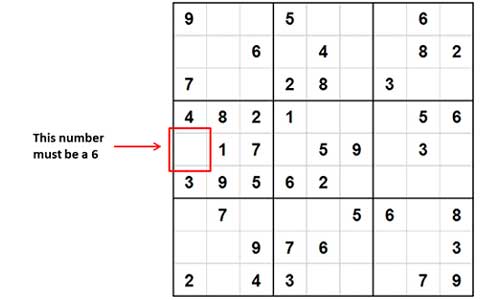

This leaves only one cell in row 1 that can hold the one, and that is the last cell, R1C9, that we place it in.

This leaves only three boxes in row 1 that possibly contain a 1, but cells 1 and 2 can’t either because a 1 has been placed in R2C2, which includes cells R1C1 and R1C2. We can observe that the ‘1’ in the box located in Row three and Column 5 (R3C5) indicates that cells 3,4,5,6,7,8 in the first row can’t have a 1. of boxes in another region (intersect across those cells) are very beneficial. The key to resolving jigsaw Sudoku is, of course, to make use of all the shapes in various areas. Yet, there is one single rule that you might find yourself employing more frequently than in regular Sudoku, that’s region intersection removal. The rules of traditional Sudoku apply here as well, with 1-9 appearing once for each row-column however, in this case, irregularly shaped thicker lined set of 9 cells. One of the most interesting aspects is that various grid types present a distinct collection of areas and hence a novel puzzle each time. This puzzle is amongst the most popular and enjoyable Sudoku varieties. Jigsaw Sudokus (also referred to as Irregular, Geometric Sudoku, or Nonomino) are similar to ordinary Sudoku puzzles in that they are broken into irregular jigsaw-like forms rather than 3×3 blocks.Īll numbers 1 through 9 are represented in each row, column, and jigsaw shape. The puzzle setter provides a partially finished grid with a single solution for a well-designed puzzle. The goal of this traditional Sudoku game is to complete a 9-by-9 grid with numbers such that each row, column, and each of the grid’s nine 3-by-3 sub-grids, often known as “boxes,” “blocks,” or “regions,” has all of the numbers from 1 to 9. Sudoku, formerly known as Number Place, is a logic-based, combinational number-placement puzzle. Best Strategy Tips to Solve Jigsaw Sudoku Introduction


 0 kommentar(er)
0 kommentar(er)
